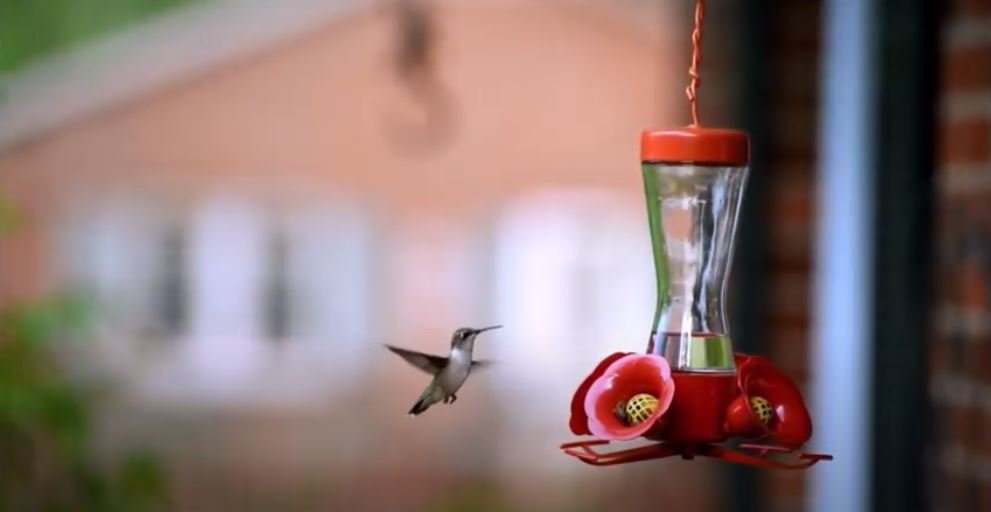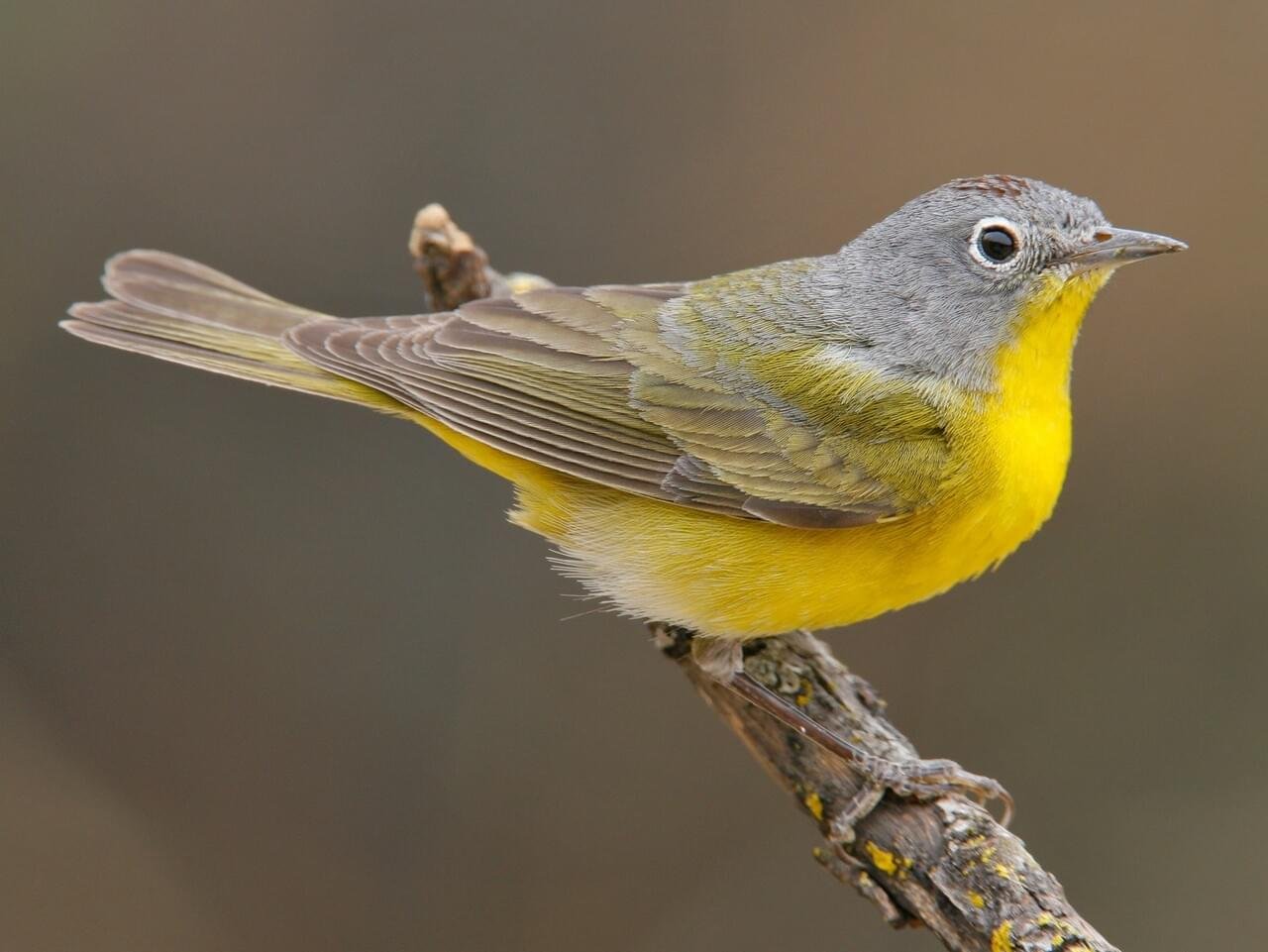Radnor Birding Walks
The Nashville Chapter of the Tennessee Ornithological Society is once again leading birdwatching walks at Radnor Lake on Wednesdays through October 12th. Join experienced and knowledgeable members of TOS to look for migrants as they pass through the 1368 acre state park. Meet in the parking lot near the kiosks outside the Visitor’s Center, located off Otter Creek Rd, by 7:30 am. The route is always the same…up the road, across the spillway and up the trail to Long Bridge, where the walk officially ends. If you’re running late or get stuck in traffic you can catch up to the group quite easily. Bring your binoculars and be prepared to learn and see a few birds you may not have seen before. Click here to view the NTOS event calendar.
REWARDS CARD now available at The Wood Thrush Shop
The last few years have been unpredictable and tumultuous in many ways including the birdseed market. We avoided our popular seed storage sales because of the volatility of the birdseed market. It is a commodity and subject to fluctuations in price based on growing and harvest conditions, fuel and labor costs, demand for supply, farmers choosing other crops to grow if profits are projected to be better, and of course freight cost.
We are excited to introduce a “rewards program” in which you are given a card that will receive a stamp after each purchase over 1 of 2 different dollar amounts, $30 or $75. Complete your card with 5 purchases and get a discount on your next visit. The discount for the $30 level is $10 and for the $75 level, the discount is $25. Next time you’re in to pick up some seed we will give you a card and apply the first stamp to get you started. We ask that you please keep up with your card and present it at the time of each purchase to get stamped.
Corn Special
I goofed and ordered way too much corn on the cob. For those of you feeding deer, squirrels, and other corn consumers we have a deal on Corn on the Cob.
Buy 1 8# or 35# bag and get 1 FREE. The offer is good until our supply is reduced.
Store Closure dates in September and October
The Wood Thrush Shop will be taking some time off in September and October to recharge and take advantage of this wonderful weather.
Closed September 27.
Closing 2 pm on October 15th, and closed on October 17 thru 18.














